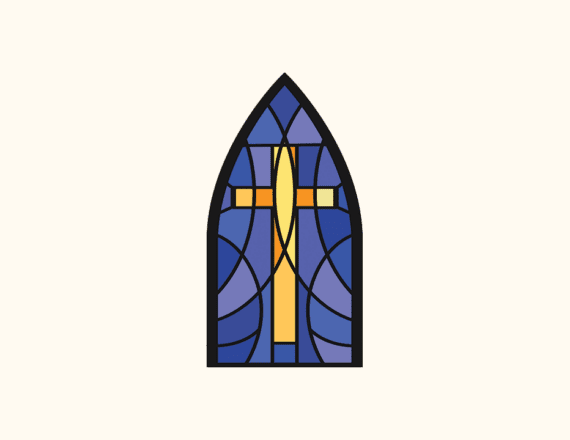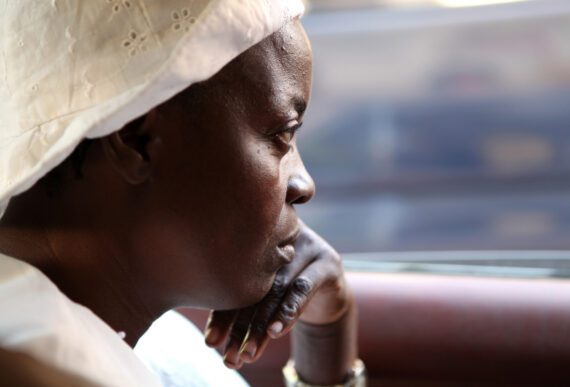On the evening of that first day of the week, when the disciples were together, with the doors locked for fear of the Jews, Jesus came and stood among them and said, “Peace be with you!” After he said this, he showed them his hands and side. The disciples were overjoyed when they saw the Lord. Again, Jesus said, “Peace be with you! As the Father has sent me, I am sending you.” And with that he breathed on them and said, “Receive the Holy Spirit.” —John 20:19-22
Last month, many of us celebrated the joyful resurrection of the Lord Jesus Christ. We welcomed life anew after a sacrificial season of prayer and fasting during Lent. But this resurrection was not initially revealed to the disciples. Rather they were initially left with the question of where their Lord was when he was not found at the tomb.
Although the crucifixion and resurrection had been foretold to them at the Lord’s table days before, they were fearful during and even after these events. One of these fears was the possible high cost of being associated with Jesus who had been convicted and sentenced to die by the Roman authorities. But still, Jesus gathered them knowing their fears and that some would remain close to Him and others would not. In the end, Peter denied Jesus and Judas betrayed Jesus.
Today we also struggle with fears of association. There are conflicts in this world today that are based in fears of the so-called “other.” Such fears have led to deep and violent conflicts and wars resulting in polarized leadership, bloodshed, snuffed out lives of children and other vulnerable populations such as women, older men, and youth on the battlefield. Such has also led to a renewed crises of hunger and famine, with people not knowing if they will live.
But history has taught us that before or after wars and conflicts, a table must be eventually set to “reason together (Isaiah 1:18).” Calls for peace can and should be an invitation to be at a table to “reason together” and begin the process of peacemaking and healing for the benefit of all.
Jesus convened a diverse table of those who were allies before and after the crucifixion and resurrection and those who were not. At the table he convened after his resurrection, he said, “Peace be with you! As the Father has sent me, I am sending you.” And with that, he breathed on them and said, “Receive the Holy Spirit.” This is what resurrection looked like then and looks like now, the receiving of peace within the heart and a table that invites, celebrates, and finds new life despite our differences.
Leaders of conflicts and wars are invited to come to a table not only for peace but to “reason together” for the betterment and feeding of our world that saves lives. History tells us a table must be eventually set even after conflict and war, so why not sooner than later?
Angelique Walker-Smith is senior associate for Pan African and Orthodox Church engagement at Bread for the World.



